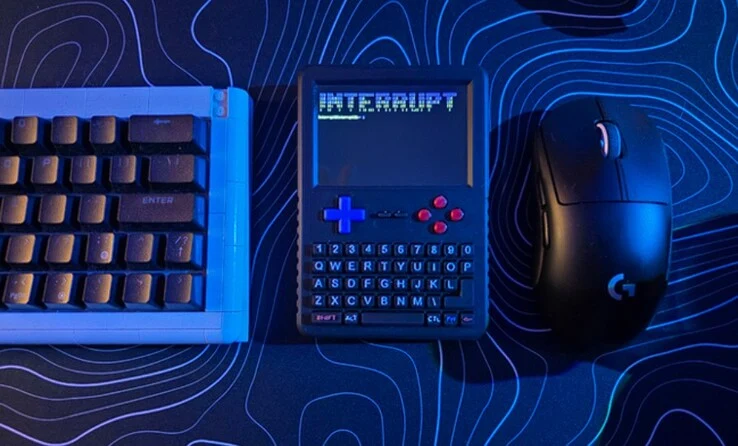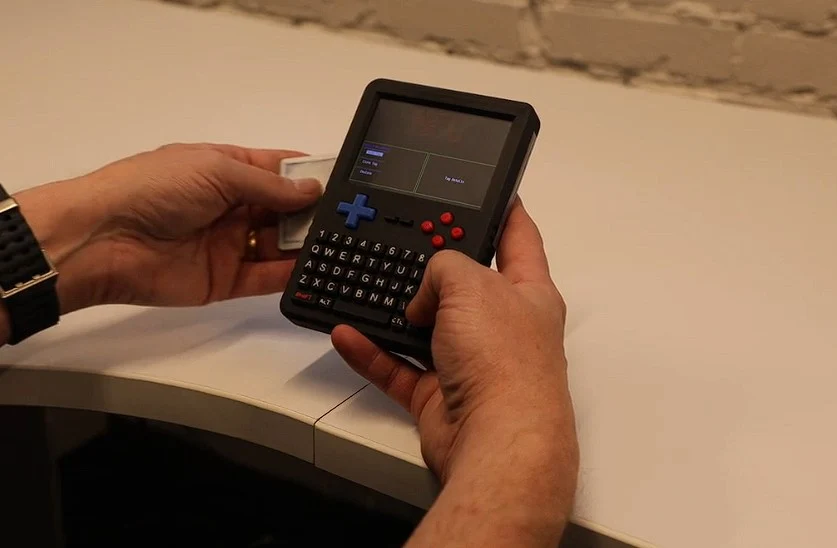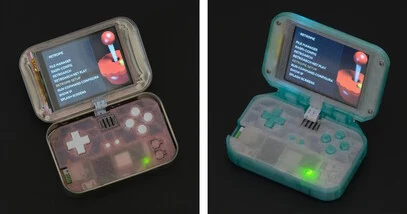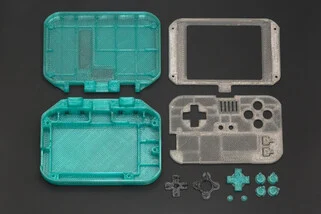Key Takeaways
1. The Interrupt is a “portable hacking computer” designed for makers and funded through Kickstarter by Interrupt Tech.
2. It features an open-source system, giving developers full control over hardware and software.
3. Unlike similar devices, it uses the Raspberry Pi Zero 2 W instead of ESP32-based components.
4. The device is expected to include a touchscreen, keyboard, and gamepad buttons for versatile usage.
5. The Kickstarter price is $199, making it comparable in cost to the Flipper Zero.
Sporting a classic handheld design, the Interrupt is a “portable hacking computer” that was recently introduced on Kickstarter. It marks the first product to be funded through crowdfunding by the new company, Interrupt Tech. The creators of Interrupt claim that they aimed it at makers, integrating an open-source system to give developers full control over both the hardware and software. Unlike many similar devices that rely on ESP32-based components, such as the Flipper Zero, the Interrupt opts for the Raspberry Pi Zero 2 W and allows users to choose from various operating systems to work with the built-in hardware.
Features of the Interrupt
Users of the Interrupt will find offerings akin to those of the Flipper Zero, but with a few key enhancements. Although the product is still in the last stages of prototyping, it is expected to come equipped with the following:
The proposed touchscreen, keyboard, and gamepad buttons could allow for considerable versatility in how the device is used. Furthermore, even though it doesn’t yet have a dedicated user community, Interrupt aims to tap into the existing support for the Zero 2 W. However, with a price tag of $199 on Kickstarter, both Interrupt and Flipper Zero are somewhat comparable in their entry costs. For further details and updates regarding the campaign, please check out the official Kickstarter page linked below.
Source:
Link





